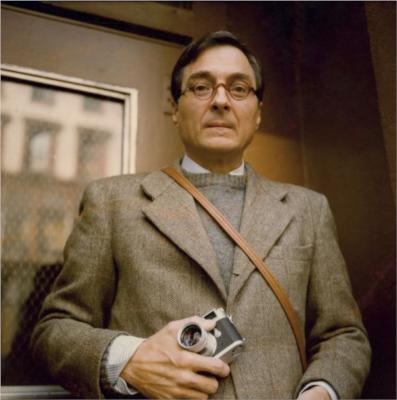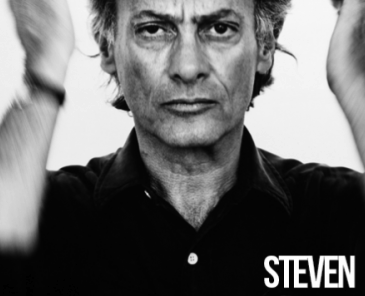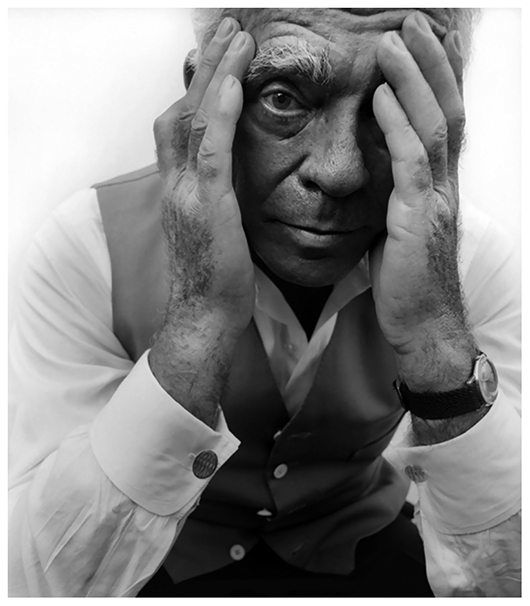William Eggleston (Memphis, July 27, 1939) is an important American photographer well known for achieving recognition of color photography as a mode of expression worthy of being exhibited in galleries of art.
he was born in Memphis although he grew up in Sumner in Mississippi, his childhood interests were drawing, piano and electronics. At the age of fifteen he entered the Webb School boarding school in Tennessee, which in 1954 had a traditional education that attached little importance to artistic activities. Dropping out of college he went to Vanderbilt University where he bought a camera and began taking black and white photographs, but a year later he went to the University of Mississippi in Oxford.
In his early photographic work he was influenced by Robert Frank and by the book The Decisive Moment written by Henri Cartier-Bresson.1 Although he began working in black and white, in 1965 he began to experiment with color photography; His work seems to have developed with a certain isolation from photographic environments. When in 1969 he met John Szarkowski, his work caught his attention so much that he even proposed the purchase of some of his photos to the photographic committee of the Museum of Modern Art in New York. In 1970 his friend William Christenberry introduced him to Walter Hopps who was the director of the Corcoran Gallery in Washington who considered Eggleston's work very novel.
Between 1973 and 1974 he was teaching at Harvard and discovered the process known as Dye-transfer through an advertisement for photographic laboratories, when it caught his attention he went to the laboratory in order to to find out what the procedure was like and was impressed by the saturation of colors and the qualities of the inks. One of his best-known works done by this procedure is entitled The Red Ceiling, which is also known as Greenwood, Mississippi, 1973, and Eggleston considers it one of his best works.
In 1976 he held an exhibition at MOMA consisting of 75 photographs and which caused a scandal. At that time he met Viva (Janet Susan Mary Hoffmann) who was an Andy Warhol superstar , with whom he had a long relationship. This fact meant that he frequented pop art environments and according to Mark Holborn that it helped him spread his concept that anything is represented in the same way by the optics of the camera, known as the Democratic Camera, which has also been the title given to the most important retrospective exhibition on his work.
An example of this conception of photography can be recognized in his work The Democratic Forest in which, as Eudora Welty points out in the introduction to the book, we can find very diverse objects: tires old, discarded air conditioners, Coca Cola vending machines, torn billboards, utility poles, street barricades, detour signs, no parking signs, parking meters and palm trees; while any viewer going by the title would expect to find clean images of trees and streams. Eggleston considers this work to be a project of great importance and it is a journey that begins with a cloud photograph taken in Mayflower County, ending with another at night in Saint Louis. He also published another work entitled Kiss Me Kracow based on a trip through Europe with photographs taken in Berlin, Vienna, Salzburg or Graz; and another about Egypt.
In 1998 he received the international award from the Hasselblad Foundation and in 2004 he received the PHotoEspaña Baume et Mercier award. A documentary film called William Eggleston in the Real World was released in August 2005.
(Source Wikipedia)
You can take a good picture of anything. Also a bad one.








 English (United Kingdom)
English (United Kingdom)